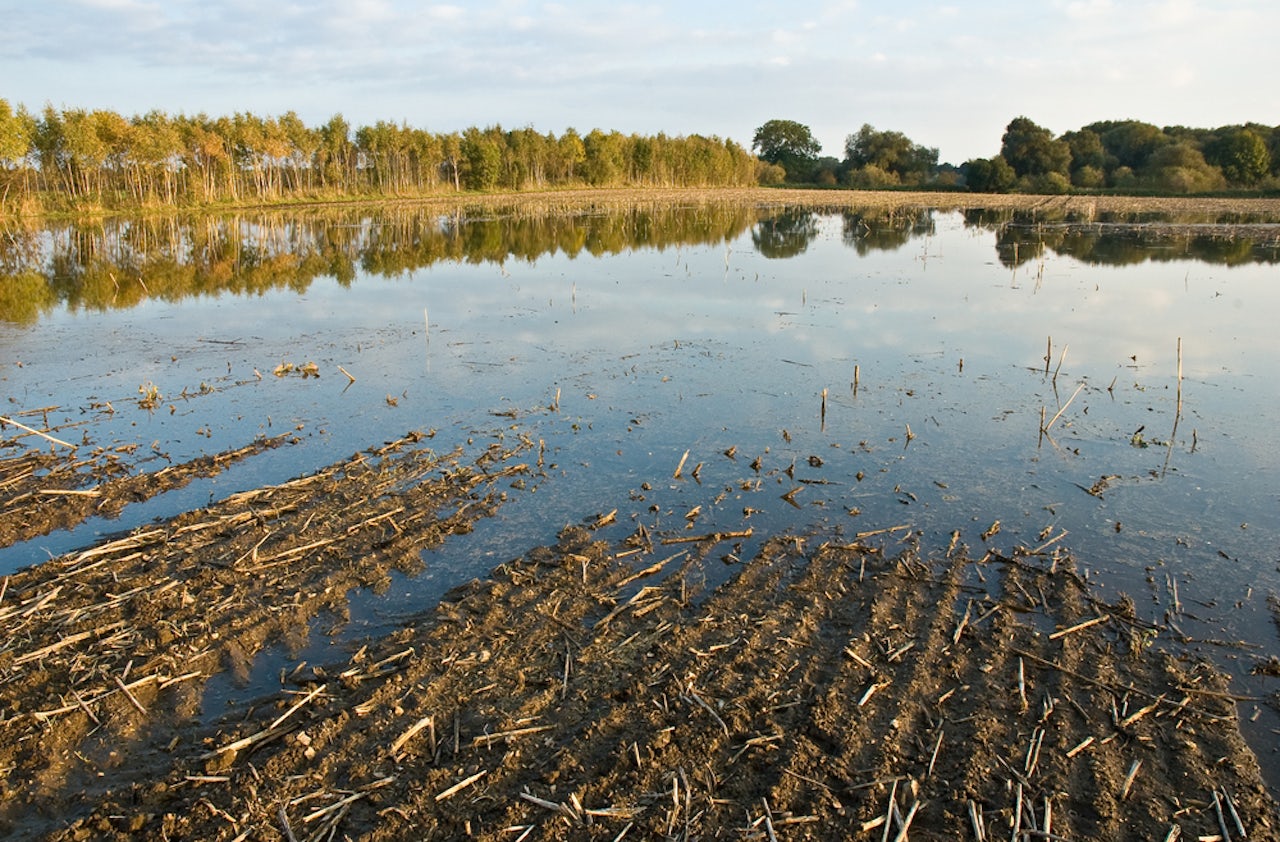Growing enough food to feed all 7.6 billion human beings somewhat sustainably is a hellish endeavor that we just can’t seem to get right. Millions still die from hunger or food-scarcity related illness each year, for starters, and those that actually do obtain enough food to live are benefitting from an absurdly inefficient system that is only growing more and more unsustainable by the day. However, new research from the University of Oxford could help change that.
As part of a report for the American Association for the Advancement of Science released Thursday, researchers built the first comprehensive global database capable of estimating the environmental impact of the world’s food supply chain by analyzing data collected by 570 international studies. What they found wasn’t great: the overall environmental impact of food production is high, with a small percentage of producers often responsible for a significant portion of the environmental burden. This last part is notable because it reveals a possible flaw in traditional impact-reduction efforts.
The modern food supply chain is responsible for nearly 14 billion metric tons of carbon dioxide equivalents, approximately one fourth of manmade greenhouse gas emissions — and that’s not even including the impact of agricultural deforestation. Nearly half of the Earth’s land (discounting icy areas and deserts) is quarantined off for agricultural purposes. The system is so large that it’s hard to even fully conceive of, much less accurately track and control. There have been many studies on global greenhouse gas emissions, or medium-scale agriculture, but this is the first survey specifically aimed at tracking the environmental impact of food production on a global scale.
The world’s approach to reducing agricultural greenhouse gas emissions thus far has generally been dependent on a system of proxies and estimates; farms might be responsible for reducing emissions to a certain threshold regardless of how it affects their output. But this isn’t always appropriate, the researchers argue; depending on the size of the farm, a farm that is already optimized for emissions relative to its output could bear an unfair burden while much larger, unoptimized farms are allowed to run inefficiently and have a much bigger effect on the bottom line. For example, limits on the the amount of greenhouse gases created by beef producers may be based on their average output, when actually some producers may be quite small and operating efficiently already, while others are larger and not as optimized. Another example is Northern European barley farms, which not only already have low emissions, but reducing their land use further would mean a smaller relative return on grain produced.
The study found that producer-centric specificity at every level of the food supply chain is key to reducing overall emissions. “The environmental and social importance of different impacts also varies locally, given land scarcity, endemic biodiversity, and water quality, among other factors,” the researchers noted. ��Setting regional and sector-specific targets will help producers navigate trade-offs and make choices that align with local and global priorities.” Ideally, these localized datasets and targets would be used to provide consumers with an accurate picture of the true environmental impact of each and every product, which in turn could have an amplifying effect, further incentivizing producers and retailers to lower their overall emissions.
“We have consolidated information on the practices and impacts of a wide range of producers,” the researchers concluded. “From this research, we have provided a unified exposition of the environmental science for making major changes to the food system. We hope this stimulates progress in this crucially important area.”
